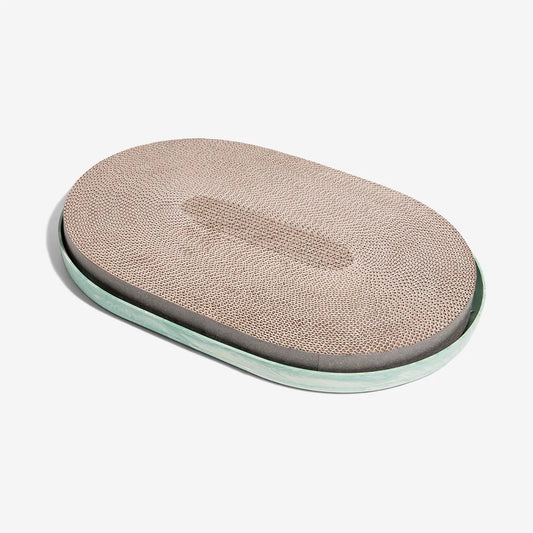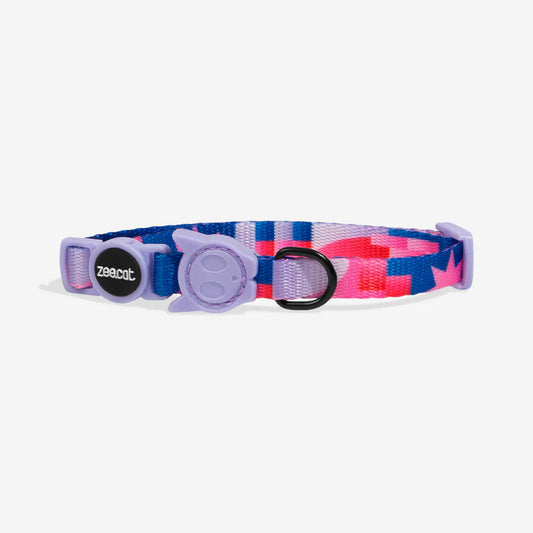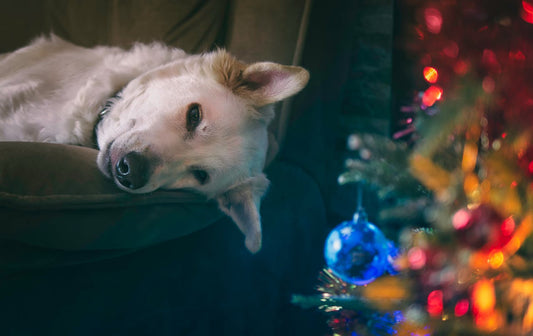Potty training a puppy is a crucial step in the process of welcoming a new dog into the family. A well-trained puppy not only ensures a cleaner home but also fosters a positive relationship between the pet and its owner.
Understanding a puppy's unique needs and learning patterns is key to successfully implementing a potty training strategy. As with human babies, consistency and patience are vital during this time. Puppies require structured routines and clear communication to learn appropriate behavior, including knowing when and where to relieve themselves.
This guide will discuss factors to consider, such as the puppy's age and breed, as well as tips for establishing a routine and enforcing positive reinforcement. By applying these strategies, pet owners can help their puppies grow into well-behaved, house-trained companions.
Understanding Puppy Potty Training
Recognizing Your Puppy's Signals
It is essential to observe your puppy closely and identify the signs that they need to go potty. Some common signals include:
- Sniffing the ground
- Circling
- Whining or barking
- Squatting or lifting a leg
By recognizing these signals, you can quickly take your puppy to the designated potty area and avoid accidents in the house.
Creating a Consistent Schedule
Establishing a consistent schedule is crucial for successful potty training. This helps your puppy learn when and where they should eliminate. Here is a simple schedule to follow:
- Take your puppy out first thing in the morning
- Take them out after each meal
- Provide potty breaks every 2 hours during the day
- Take your puppy out before bedtime
Remember to adjust this schedule according to your puppy's age and specific needs.
Choosing the Right Spot
Select a designated potty area outside and always take your puppy directly to this spot during potty breaks. To build consistency, consider the following:
- Make the area accessible in all weather conditions
- Keep the area clean and free of distractions
- If using training pads or a zee.pad, place it in a quiet and easy-to-clean area
Consistency in location will help your puppy associate the designated spot with elimination, making the training process smoother.
Managing Accidents Properly
Accidents are bound to happen during potty training. When they occur, stay calm and clean them up quickly. Important tips to remember:
- Do not scold your puppy for accidents, as this may create fear or confusion
- Invest in a good enzymatic cleaner to remove any lingering smells
- Praise and reward your puppy every time they successfully eliminate in the designated area
By staying patient and consistent, you'll be on your way to successfully potty training your puppy.

























